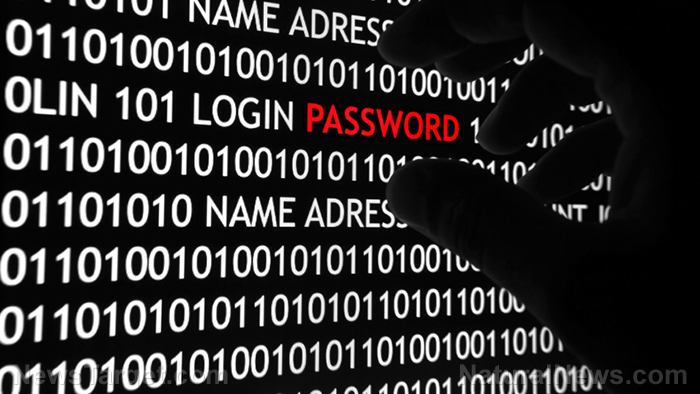- A record-breaking 16 billion login credentials – including Apple, Google and Facebook accounts – were exposed in unsecured databases, making it the largest data breach ever recorded. The data is fresh and immediately exploitable for cyberattacks.
- Unlike past breaches, this leak stems from infostealer malware that silently harvested recent, structured login details from infected devices, including financial information and high-value accounts.
- The recency and organization of the data enable immediate misuse, such as account takeovers, identity theft and targeted scams. Apple ID credentials are especially risky due to access to iCloud, payments and device backups.
- This breach surpasses prior incidents (e.g., Yahoo’s three billion accounts in 2013) and reflects escalating sophistication among cybercriminals, with exponentially larger and more dangerous leaks.
- Individuals should enable two-factor authentication (2FA), use password managers and monitor accounts. However, tech companies and governments must enforce stricter security measures to prevent systemic failures.
In what cybersecurity experts are calling the largest data breach ever recorded, a staggering 16 billion login credentials – including Apple, Google and Facebook accounts – have been discovered in unsecured databases.
The breach uncovered by researchers at Cybernews dwarfs all previous leaks and poses an unprecedented threat to personal privacy, financial security and corporate integrity. Unlike past breaches that recycled old data, this cache contains fresh, weaponizable information Cybercriminals can immediately exploit the new trove for account takeovers, identity theft and hyper-targeted scams.
The breach was first detected last month when researchers stumbled upon an exposed server holding 184 million records. Further investigation revealed 29 additional databases, some containing over 3.5 billion entries each, culminating in the mind-boggling total of 16 billion credentials.
The sheer scale of this leak is difficult to comprehend. If each record were printed on a single sheet of paper, the stack would stretch beyond the stratosphere. (Related: LexisNexis DATA BREACH showcases security risks of corporate data warehouses.)
This isn’t just another cybersecurity scare; it’s a wake-up call. The breach underscores how vulnerable our digital lives truly are and raises urgent questions about corporate responsibility, government oversight and personal vigilance in an era where data is the new gold.
Unlike past breaches that involved hacked company servers, this leak appears to be the work of infostealers – a type of malware designed to silently harvest login credentials from infected devices. These malicious programs lurk in compromised computers – stealing usernames, passwords and even financial details before sending them to cybercriminal networks.
A growing epidemic of cybercrime
The stolen data is structured and recent, meaning hackers didn’t just repurpose old leaks – they actively collected new, highly valuable information. The credentials include logins for Apple IDs, Google accounts, Facebook, Instagram, Amazon, VPN services and more, making this one of the most dangerous breaches in history.
The recency and organization of the data mean cybercriminals can use it immediately to hijack accounts, commit identity theft, launch precision phishing attacks and execute ransomware and business email compromise (BEC) attacks.
Apple users are particularly at risk because an Apple ID grants access to iCloud, Apple Pay and device backups. Hackers could lock victims out of their own iPhones, drain bank accounts or steal sensitive photos and documents. But this breach is not an isolated incident; it’s part of a disturbing trend.
In 2013, Yahoo suffered a breach affecting three billion accounts. In 2019, a collection of 2.7 billion email addresses and passwords dubbed “Collection #1” surfaced online. And in 2021, a leak known as “RockYou2021” exposed 8.4 billion passwords.
While corporations and governments must take stronger action to secure user data, individuals cannot afford to wait. Enabling two-factor authentication (2FA) is critical, as it can still block hackers who may be able to get passwords. Password managers ensures passwords remain unique, while services like Have I Been Pwned can alert users if their email appears in known breaches.
Beware of phishing attempts, as hackers may use stolen data to craft convincing scams. Never click suspicious links or download unexpected attachments, and regularly monitor financial accounts for unauthorized transactions.
The 16 billion-credential breach is more than a cybersecurity failure – it’s a systemic breakdown in digital trust. While individuals must take precautions, the real responsibility lies with tech giants and lawmakers to enforce stricter security standards and punish negligence. Because in the digital world, security isn’t optional; it’s survival.
Visit Glitch.news for more similar stories.
Watch this video about how to safeguard computers from viruses and hackers.
This video is from the Hackers Beware channel on Brighteon.com.
More related stories:
Xfinity notifies customers of data breach due to “software vulnerability.”
Coinbase data breach exposes high-value crypto holders to cyber criminals.
AT&T’s MASSIVE data breach affects 73 MILLION previous and current customers.
Sources include:
YourNews.com
9To5Mac.com
MalwareBytes.com
Brighteon.com
Read full article here


